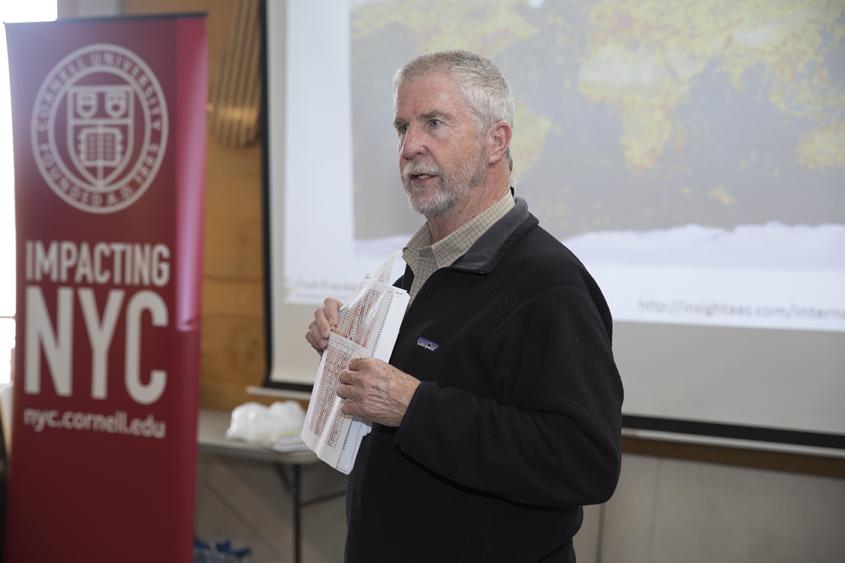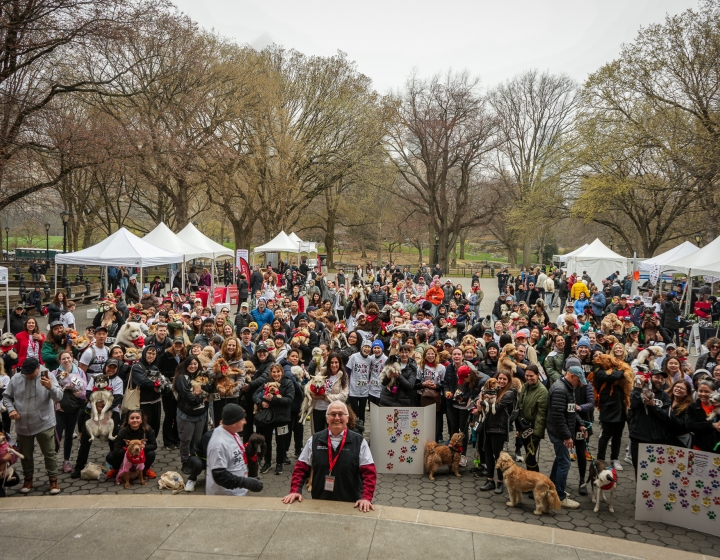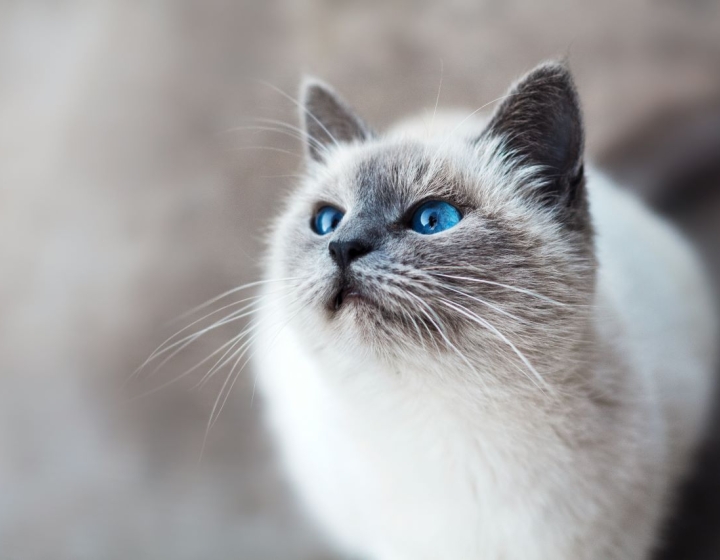NYC students catch science ‘bug’ with help from CVM scientists
More than a dozen dedicated teenage scientists spent their lunch hour Oct. 24 learning from Cornell scientists about the chemistry of the Hudson River and its invasive species.
As a storm approached, students from Brooklyn’s Bishop Loughlin Memorial High School enjoyed a taste of real-life environmental research. Wearing life jackets while exploring wooden piers along the wind-whipped Hudson, the teens dipped plastic bottles into the choppy tide for water samples.
Scientists at Cornell’s College of Veterinary Medicine developed genetic tests that detect trace levels of environmental DNA to help identify invasive species in waterways. The eDNA test kits are now being used by hundreds of students annually as part of a program called FishTracker, that is supported and managed by Cornell University. James Casey, associate professor of virology in the Department of Microbiology and Immunology at the College of Veterinary Medicine, developed the genetic tests.

Off Pier 66 at 26th Street on Manhattan’s west side, the students used tiny bicycle pumps to filter water samples while identifying endangered and invasive creatures that lurk in the Hudson, using the eDNA kits invented at Cornell. FishTracker is a statewide citizen-science project for students. The goal: prevent the spread of invasive species beyond New York City while protecting water resources statewide.
Most of the high school upperclassmen who participated said the experiments inspired them to consider pursuing science careers and higher education studies at New York colleges. Richard Baker, a Bishop Loughlin junior who said he plans to apply to Cornell, described how important it was to have a control sample to compare with the river sampling results.
Students wore protective gloves to ensure the reliability of test results.
“The biggest bugaboo is cross-contamination,” said Donna Cassidy-Hanley, senior research associate at Cornell’s College of Veterinary Medicine, who advises teachers statewide about field science and works with students on eDNA collection.
“It’s always good to see hands-on science,”' said Orlando Santiago, a high school instructor who joined Bishop Loughlin’s STEM Club adviser William Schell while guiding students during the water-sampling project. “Getting out in the field – it’s a special time. The hands-on stuff is always the most interesting stuff.”
Cassidy-Hanley said cynics typically tell her: “Students can’t do real research. They’ll screw it up.” But in three years of doing this, she said, “we have only had three samples that were mislabeled.”

Calling it her all-time favorite quote, Cassidy-Hanley cited primatologist Jane Goodall, who once said: “You cannot get though a single day without having an impact on the world around you. What you do makes a difference, and you have to decide what kind of difference you want to make.”
FishTracker reports that 270 sites have been sampled by students from 73 schools statewide, including more than 10 schools in New York City. Invasive fish species such as round goby, Asian carp and snakehead are a growing problem in New York, posing a serious threat to water quality, human health, agriculture, the food supply and tourism.
-By Jon Craig '80
See more details on Cornell’s Impacting NYC programs.
This article first appeared in the Cornell Chronicle





